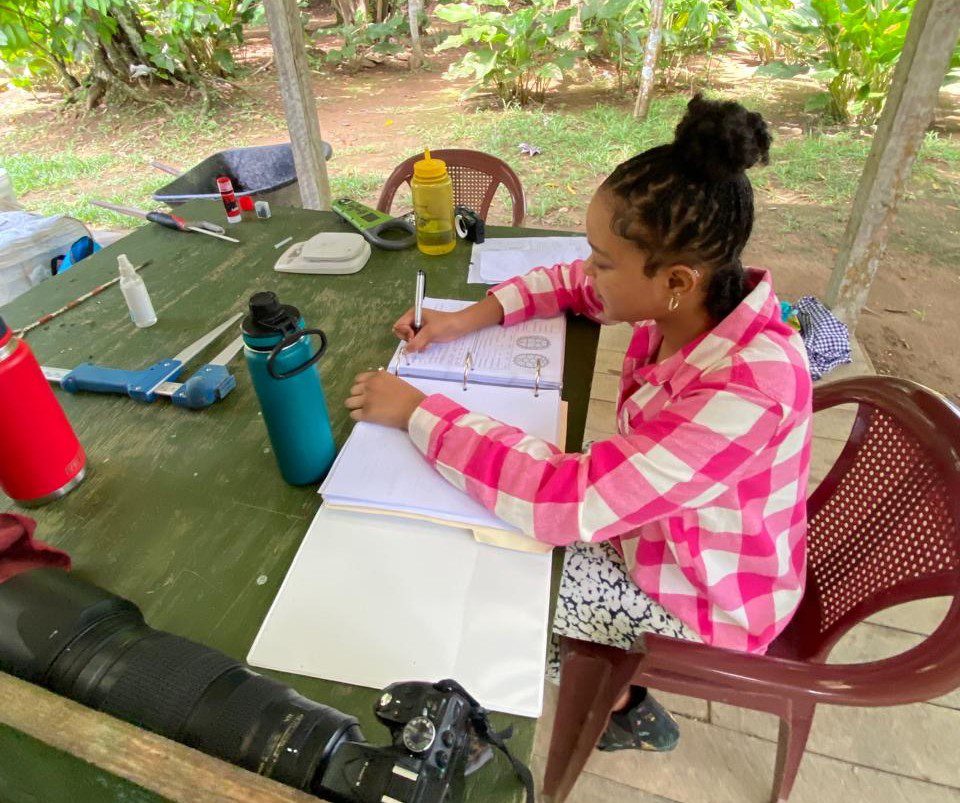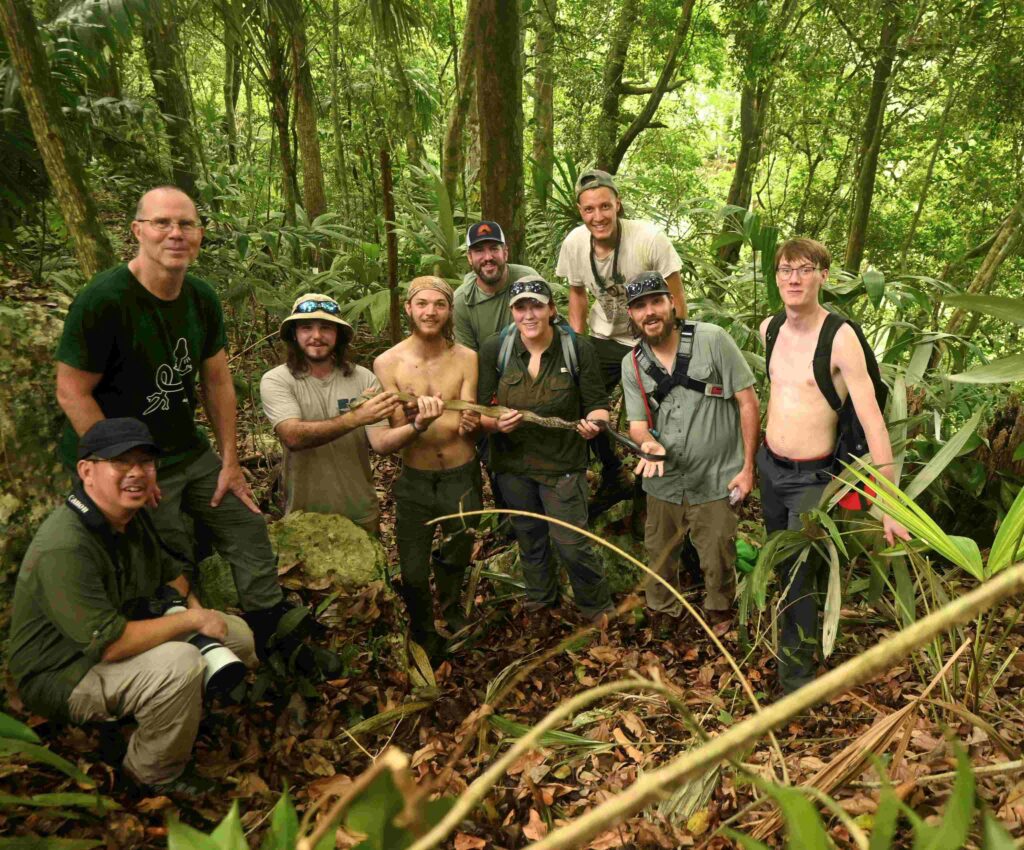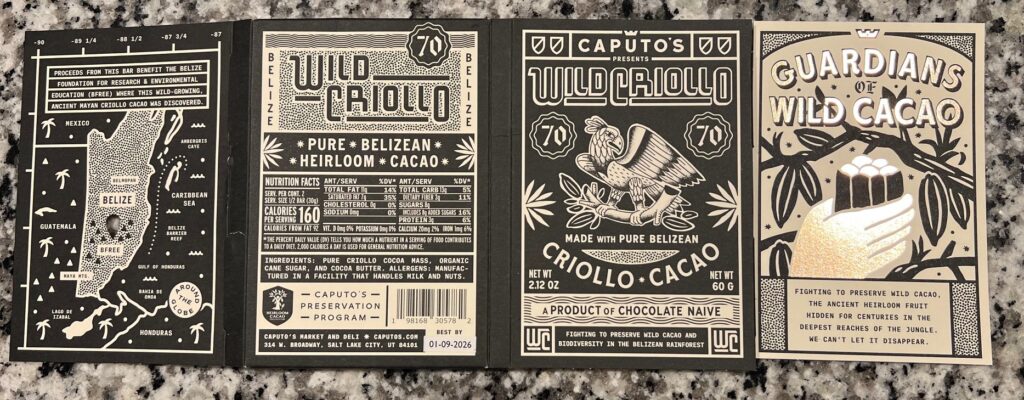Posts Tagged ‘bfree’
Volunteering at BFREE
By Kiyana Reynolds Volunteering with the North American Freshwater Turtle Research Group (NAFTRG) at BFREE was a truly life-changing experience that deepened my love for nature and strengthened my commitment to conservation. From the moment I arrived, the BFREE team was incredibly welcoming, creating an atmosphere of support, curiosity, and shared purpose. The journey to…
Read MoreSummer Survey of Reptiles & Amphibians
By Parker Gibbons At the end of June and into July, I had the privilege of coordinating a Herpetological BioBlitz at BFREE. I brought along eight people with the sole purpose of finding, photographing, and documenting as many reptile and amphibian species as possible. Over the course of 6 days, we managed to find an…
Read MoreA Tasty Collaboration
During May, Caputo’s did a limited release of 250 Wild Criollo bars as part of their Guardians of Wild Cacao chocolate bar series. The Collaboration from BFREE’s Perspective – by Jacob Marlin The first time BFREE made chocolate bars with our 100% wild Criollo cacao beans in any quantity was through a collaboration with the…
Read MoreWildlife Ambassador Training
BFREE Staff gather in the BFREE Commons as they prepare for their training program. By Rocento Pau, BFREE Office Administrator On May 9 and 10, the staff of BFREE participated in Belize Wildlife Ambassador Training. This program was offered by Dr. Isabelle Paquet Durand and her team from the Wildlife and Referral Clinic (BWRC) based…
Read MoreThe Bladen Review 2024
The 9th edition of BFREE’s annual magazine is now available in an interactive format online at Issuu! Get the latest news from the field station and learn about exciting research, conservation and education projects taking place in and around the rainforests of Belize. Highlights of the 2024 magazine include: updates on the conservation and outreach programs associated with…
Read MoreDisney Conservation Hero – Thomas Pop
BFREE and our international partner in turtle conservation, Turtle Survival Alliance (TSA), are extremely proud to announce that Thomas Pop, manager of the Hicatee Conservation and Research Center was chosen as a Disney Conservation Hero. Tom has been recognized for over twelve years of tireless efforts to conserve the critically endangered Central American River Turtle,…
Read MoreHicatee Awareness Month Outreach Programs
The start of this October marked the beginning of the 7th annual Hicatee Awareness Month campaign. Kicking off this initiative, Barney Hall and I embarked on a journey to the western part of Belize, focusing our efforts on regions notorious for the harvesting of Hicatee turtles for consumption. Our initial step involved seeking permission from…
Read MoreNew Collaboration between BFREE, Penn State University, and University of Tennessee Knoxville
BFREE is excited to announce a new innovative collaboration among faculty and students from Penn State University, the University of Tennessee, Knoxville, and BFREE. The overall goal is to build on BFREE’s cacao agroforestry program by initiating science-based projects that both develop and enhance our understanding of the novel cacao-based agroforestry systems at BFREE and,…
Read MoreMotus Wildlife Tracking System Background: What is Motus?
Part I in a five-part series Motus is a relatively recent program in Belize. But what is Motus? What is it used for? Who uses Motus, and how is it beneficial? These are possibly just a few questions which may come to anyone’s mind upon hearing the word for the first time. There is a…
Read MoreCelebrating Seven Years of Hicatee Awareness Month
“Change will not come if we wait for some other person or some other time. We are the ones we are waiting for. We are the change we seek.” Barack Obama Hicatee Awareness Month was born out of a need – as are many things. The Hicatee turtle was on the brink of extinction. Belize…
Read More




